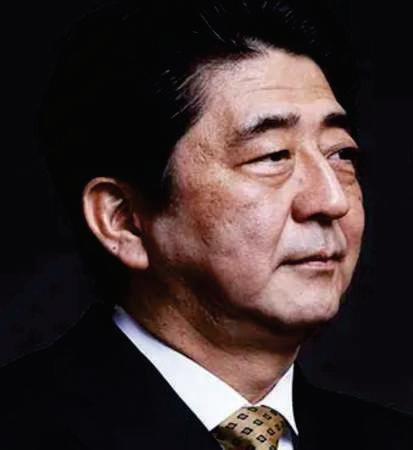
3 minute read
TRANSPORT
from African
by Gabriel Ouma
TRANSPORT
Wider Use of Rail and Inland Water Transport: A Priority for the Northern Corridor Region
Advertisement
The Northern Corridor Council of Ministers sitting has approved a US$ 5.53 million budget for the 2022/ 2023 financial year, with an eye on rail and waterways projects to facilitate trade and decongest the Mombasa Port and Transit Roads in the Northern Corridor Member Countries.
The Ministers approved $1.1 million more than it did in the past fiscal year for railway and inland water project expenditure.
The meeting made the decision even as Kenya and Uganda remain at odds over the completion of the oil jetty in Lake Victoria on the Ugandan side.
The Ksh1.7 billion ($17 million) Kisumu oil jetty on the Kenyan side was completed in 2018, but the corresponding jetty in Kampala is yet to be completed and used. During the 34th meeting of the Northern Corridor Council of Ministers held in Mombasa on July 8, the members admitted that road transport is insufficient for moving more than 9.5 metric tonnes of cargo across the region, thus giving Central Corridor through Tanzania an edge.
TRANSPORT
“There is a need for an increased interconnectedness of the different transport modes along the corridor, especially with the increased pace of development of railway and road infrastructure and the upgrading of lake ports, ” reads a joint communique by the six member states.
The chairperson of the Council of Ministers, Dr. Ernest Nsabimana, the Minister for Infrastructure, Republic of Rwanda, said the meeting provided an opportunity to reflect on the objectives of the Northern Corridor Agreement which included facilitating trade, and stimulating economic and social development.
He noted that the Northern Corridor region and many parts of Africa continue to face a wide range of challenges such as lack of harmonized policies and regulations, inadequate infrastructure, lack of financing as well as trade bottlenecks.
“We, therefore, need to intensify our efforts to foster structural transformation and regional integration,” he said.
The chairman added that the development of reliable, efficient, and sustainable infrastructure systems, was of paramount importance.
“However, the levels of investment required for such large-scale regional infrastructure were often beyond the individual capacity of the countries; hence the need for cooperation and collaboration,” he said.
Dr. Nsabimana reiterated the need for the Corridor to prioritize key interventions geared toward the reduction of transport costs along the corridor and the development of intermodal transport infrastructures such as roads, railways, oil pipelines, and inland waterways.
The Executive Secretary of the Northern Corridor Authority, Mr. Omae Nyarandi revealed that the 34th meeting of the Council of Ministers directed the Northern Corridor
The meeting provided an opportunity to reflect on the objectives of the Northern Corridor Agreement which included facilitating trade, and stimulating economic and social development - Dr. Ernest Nsabimana

Secretariat to “engage EAC Secretariat to put in place a framework for inter-corridor engagement and enhance the private sector participation in the development of infrastructure and equipment for Inland Water Transport.”
“The Council directed the Secretariat to engage Kenya and Uganda on the development and use of the standard gauge railway (SGR) as envisioned in the Northern Corridor integration projects”, added Omae Nyarandi.
Kenya's SGR ended up near Naivasha, owing largely to a lack of adequate funding but also due to Uganda's delayed commitment to construct its bit to Malaba.
In the meeting, both Kenya and Uganda agreed to develop Lake Victoria inland waterway transport (IWT) to provide shipping services on Lake Victoria, focusing on transit cargo from Mombasa to the East African Community (EAC) region.
The waterway is expected to boost services at three main lake ports along the Northern Corridor located at Kisumu for Kenya, Port Bell for Uganda, and Mwanza South for Tanzania.
Kenya upgraded Kisumu port with a capacity of handling 50,000 twenty-foot equivalent units (TEUs) and is operating train wagon ferries on the lake between railhead ports of the two countries together with Uganda. Kenya has rehabilitated a train wagon ferry (MV Uhuru) with a carrying capacity of 1,180 tonnes and is constructing a second vessel (MV Uhuru II).

SINCE 2008










